I’m developing a system to process financial transactions received by client merchants systems & it is a replacement of existing system which we have purchased from a vendor. Client interface should invoke the user authentication & transaction processing screens from our system.
System functionality as follows,
- Receive input parameters from the merchant’s site
- Validate it
- Authenticate users (users are registered with our system & we should invoke our login screen)
- Process transaction
- Return status response to merchant
One the response is received client should validate the transaction data from the values reside in the session.
System overview can be depicted as follows,

(click here for full size image)
My problem is client could not retain the session once we are responding to the client. But the same functionality could be achieved by the system that we have pu开发者_运维问答rchased from the vendor (we don’t have source code of this to analyse the internal coding structure). I hope something wrong with the way that we are responding to the client.
How can I overcome this problem?
We are using Java 1.4.2, Websphere application server
There are many things which can make a session disappear. I'd suggest to track them and verify if anything went right. This is easier to do if you understand how sessions work.
Session has been timed out. This usually defaults to 30 minutes. This is confiugureable by
<session-timeout>inweb.xmlwhere you can specify the timeout in minutes. You can implement aHttpSessionListenerto track session creation and destroy using a logger.Session has forcibly been invalidated. This happens when the code calls
HttpSession#invalidate(). This is trackable with aHttpSessionListeneras well.Session cookie has been disappeared. Sessions are backed by cookies. If a session is been created, the server will add a
Set-Cookieheader with session ID. The client should send the same cookie back asCookieheader in all subsequent requests on the (context) path as specified in theSet-Cookieheader. This is trackable in the HTTP traffic monitor ("Network" tab) of browser's builtin web developer toolset (press F12 in Chrome/Firefox23+/IE9+). Cookies are accessible for all webapps on the same cookie domain. Also, ifServletC2runs on a different webapp context thanServletC1, then it won't use the same session. Further, if the "server" webapplication runs on the same domain, then it's in theory able to wipe out all cookies of the "client" webapplication.The client doesn't support cookies. A well designed webapplication uses URL rewriting with
jsessionidto track cookieless clients between requests on the same webapplication. But the second webapplication has to do the same when redirecting back to the first webapplication.

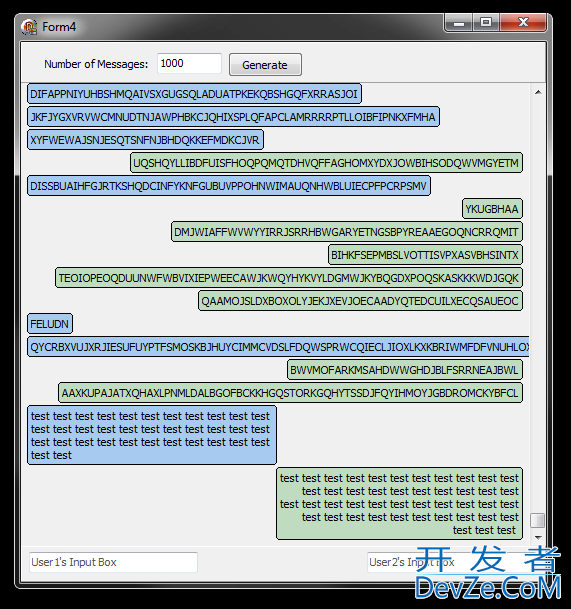
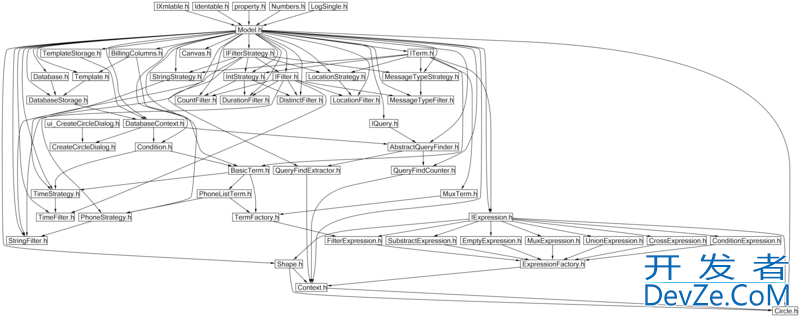
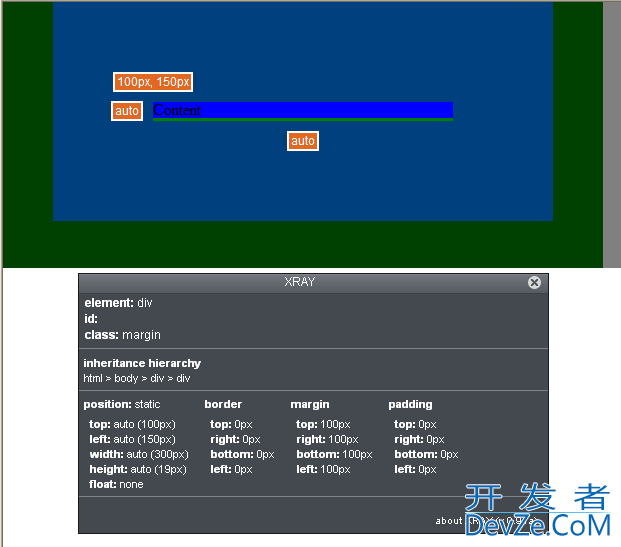

![Interactive visualization of a graph in python [closed]](https://www.devze.com/res/2023/04-10/09/92d32fe8c0d22fb96bd6f6e8b7d1f457.gif)
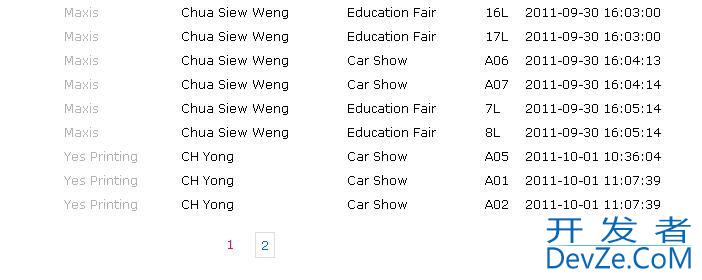
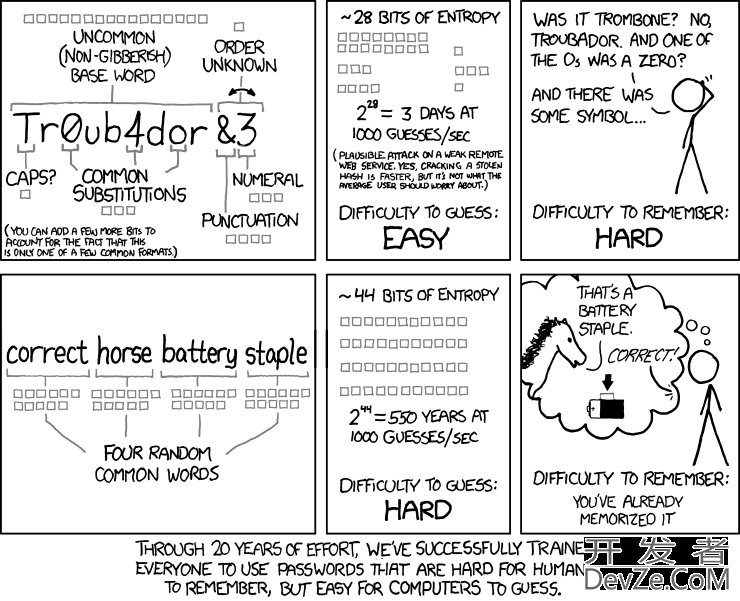

 加载中,请稍侯......
加载中,请稍侯......
精彩评论